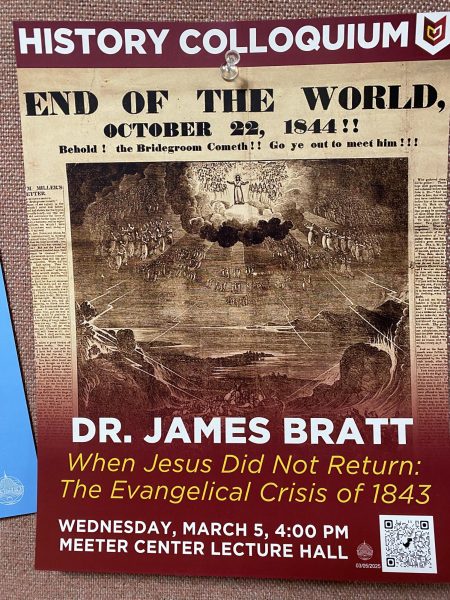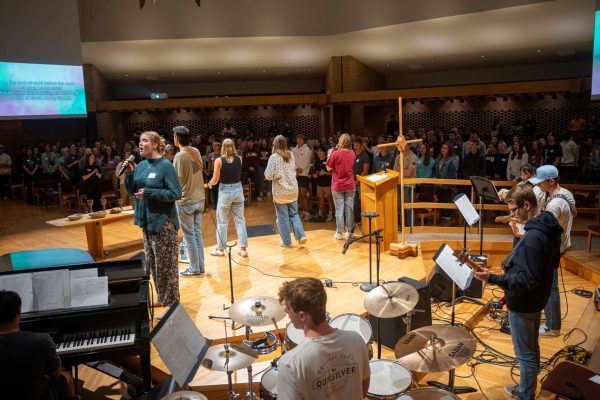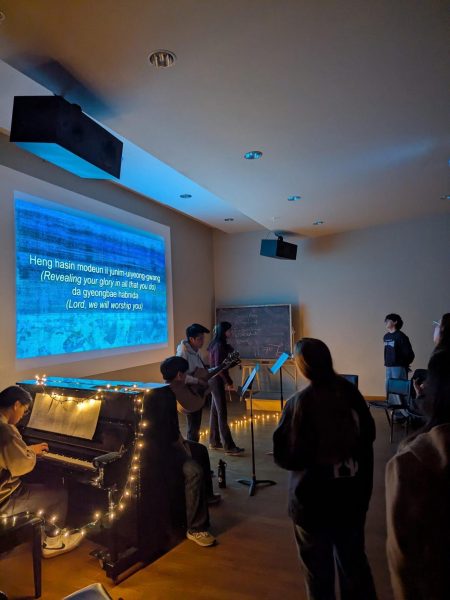Indigenous spirituality impacts DAPL protests
Recent protests against the building of a 1200-mile pipeline in North Dakota have been largely connected to ecological concerns about potential water contamination. However, the Lakota tribe’s religious beliefs have also motivated the protests. Energy Transfer Partners is a Dallas-based company trying to finish the Dakota Access Pipeline, which lies near the northern border of Standing Rock reservation. American Indians from more than 300 tribes and others have protested the project for months, saying the pipeline has already disrupted sacred and spiritual sites.
Since the project began last summer, there have been more than 400 arrests. While the camp created by protesters is largely peaceful, there have been a few violent incidents. Energy Transfer Partners denies that the building of the pipeline has disturbed any sacred sites.
According to the WYPR radio program Living Questions, the standoff at Standing Rock has “taken on symbolic cultural and religious dimensions and rekindled longstanding religious grievances about broken federal treaties and encroachments on sacred tribal land.”
Rosalyn R. LaPier is an award-winning indigenous writer and environmental historian currently working as a visiting assistant professor at Harvard Divinity School. According to her experience, there are two main types of sacred places: “Those set aside for the divine, such as a dwelling place, and those set aside for human remembrance, such as a burial or battle site.” For Native American communities, landscape is intimately connected to religious life. Some Native Americans believe that changing the landscape of sacred places disturbs deities and is “sacrilegious and a desecration.”
Lakota leader Dave Archambault Jr. has said that the land affected by the pipeline construction is viewed by the Lakota as “both a sacred place and a burial site, or as both a place set aside from human presence and a place of human reverence.”
Dr. Ann Duncan, associate professor of religion at Goucher College, said that tensions arise when the government fails to recognize the religious significance of Native Americans’ sacred places. “Often, government interests have been preferred over that desire for religious practice and the ability to practice in a specific faith, and that has something to do with ideological ideas about what religion looks like, and what the government has the duty to protect.”
Duncan also said that the protest at Standing Rock is unique in that there is unprecedented support from people outside of the Native American community. Clergy, young people and other groups have been using platforms throughout the country to speak out against the pipeline. The motivations of these groups are often based on concern for climate justice, “but that has the potential to in some way override the spiritual concerns, and it also has the potential to kind of erase the fact that what we’re talking about in many ways are some competing paradigms, not only in terms of property rights, but also of what types of religion are protected and can be practiced freely in this country.”
The Native American understanding of spirituality is different from the traditional Judeo-Christian concept of religion. LaPier said that until the majority of Americans understand the unique connection between Native American religion and the land, “there will continue to be conflicts over religious ideas of land and landscape, and what makes a place sacred.”





